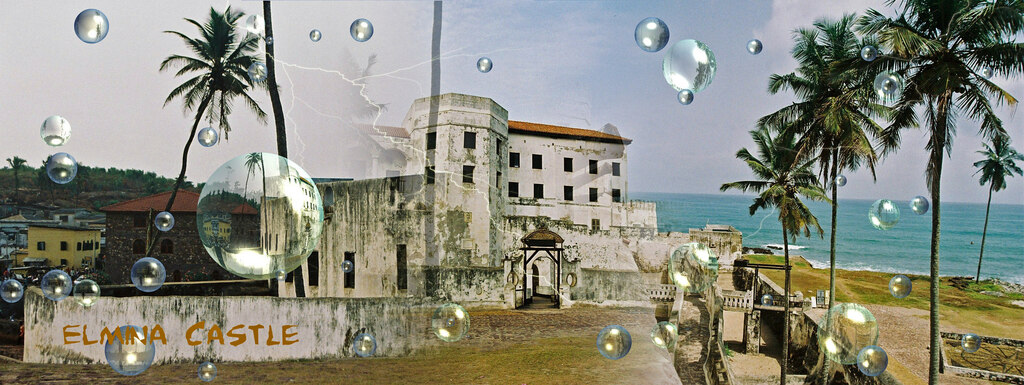
Destinations of Enslaved Africans (1519–1867)
Between the early 16th and late 19th centuries, an estimated 13 million Africans were forcibly transported across the Atlantic Ocean as part of the trans-Atlantic slave trade. The majority were sent to colonies in the Americas, distributed across various empires and territories. The breakdown by destination is as follows:
Portuguese America (Brazil): 38.5%
British America (excluding North America): 18.4%
Spanish Empire: 17.5%
French Americas: 13.6%
British North America (future USA): 6.5%
English Americas: 3.3%
Dutch West Indies: 2.0%
Danish West Indies: 0.3%
These percentages reflect the scale of slavery within each empire’s colonial holdings. Brazil alone received nearly four out of every ten enslaved Africans, while only a small portion—around 6.5%—were taken to areas that later became the United States.

Enslaved People Imported to Present-Day USA (By Period)
Although British North America received a smaller share of enslaved Africans compared to the Caribbean and South America, the slave trade to the territories that would become the United States spanned nearly 250 years. The following are official figures, not accounting for the countless individuals who died before reaching shore:
1620–1650: 824
1651–1675: 0
1676–1700: 3,327
1701–1725: 3,277
1726–1750: 34,004
1751–1775: 84,580
1776–1800: 67,443
1801–1825: 109,545
1826–1850: 1,850
1851–1866: 476
Total: 305,326 individuals were officially recorded as imported into what is now the United States.
The Human Cost
While these figures reflect official records, they do not include the estimated 2 million Africans who died during the Middle Passage—lost at sea due to disease, starvation, abuse, or rebellion. These lives were often erased from history, their bodies discarded into the ocean, making the Atlantic one of the largest unmarked graves in human history.
The total number of Africans shipped across the Atlantic is estimated at 13 million, but the real human cost—when including those who died during capture, transport within Africa, and the transoceanic voyage—is significantly higher. The legacy of this atrocity continues to shape societies across the Atlantic world to this day.